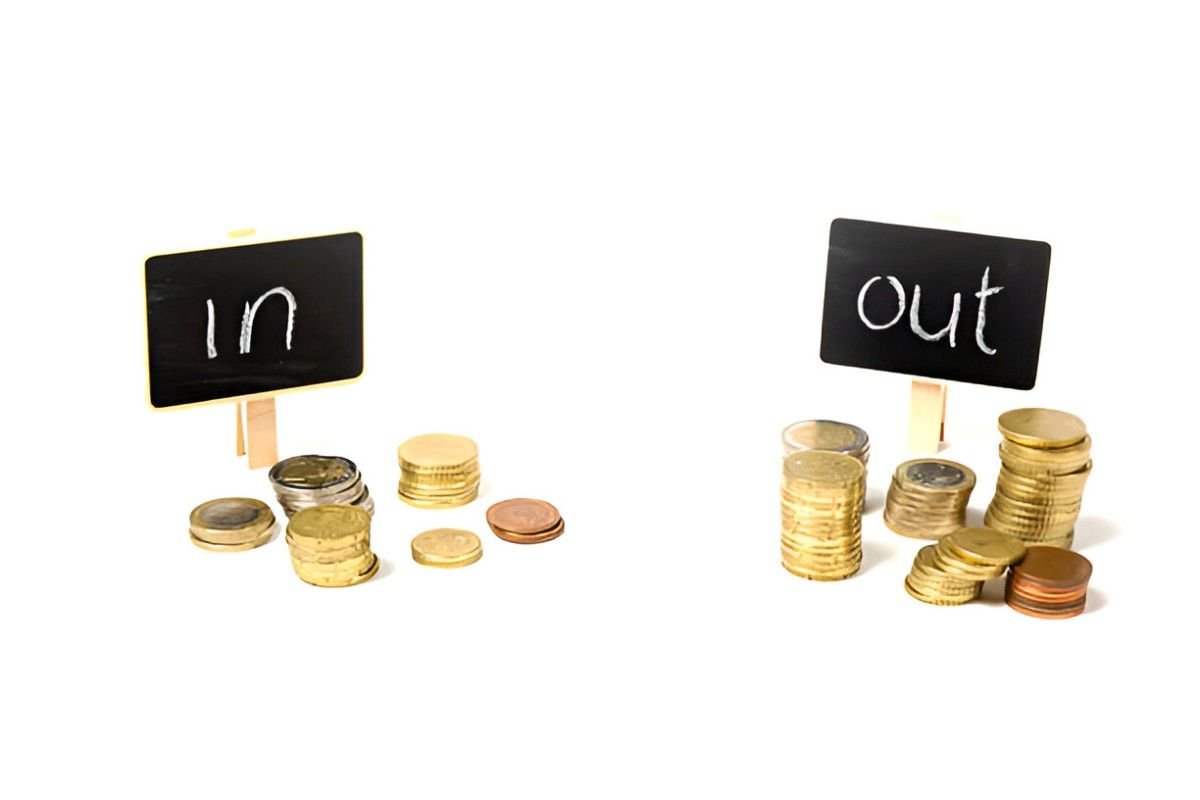The First-In-First-Out (FIFO) Cost is an inventory valuation method used in accounting and finance to determine the cost of goods sold (COGS) and the value of the remaining inventory. Under this method, it is assumed that the first items purchased or produced are the first ones to be sold or used. This technique helps in accurately tracking inventory and costs, ensuring that the oldest stock is moved out first.
Table of Contents
Key Features of FIFO Cost
- Sequential Selling: Items acquired first are sold first.
- Cost Allocation: Costs are assigned based on the order of acquisition.
- Inventory Valuation: Remaining inventory reflects the most recent purchase costs.
How Does FIFO Cost Work?
Mechanics of FIFO Cost
- Purchase of Inventory: As goods are purchased or produced, their costs are recorded in the order they are acquired.
- Sale of Inventory: When items are sold, the cost of the oldest inventory is used to determine COGS.
- Remaining Inventory: The value of the inventory left on hand is based on the cost of the most recent purchases.
Example of FIFO Cost
Imagine a company, ABC Electronics, that sells gadgets. Here’s how FIFO cost would work for them:
- January 1: ABC buys 100 units at $10 each.
- January 15: ABC buys another 100 units at $12 each.
- January 20: ABC sells 150 units.
Using the FIFO method:
- The cost of the first 100 units sold is $10 each (from the January 1 purchase).
- The cost of the next 50 units sold is $12 each (from the January 15 purchase).
Thus, the COGS would be:
(100\ \text{units} \times \$10) + (50\ \text{units} \times \$12) = \$1{,}000 + \$600 = \$1{,}600The remaining inventory is:
Importance of FIFO Cost
Benefits of Using FIFO Cost
- Accuracy in Cost Matching: FIFO ensures that costs are matched with revenues in the order they were incurred, providing a realistic financial picture.
- Inventory Valuation: Reflects more recent costs, which is beneficial in times of inflation, as the remaining inventory will be valued at current prices.
- Simplicity and Clarity: FIFO is straightforward and easy to understand, making it a popular choice among businesses and accountants.
Impact on Financial Statements
- Income Statement: During periods of rising prices, FIFO results in lower COGS and higher profits since older, cheaper costs are matched against current revenues.
- Balance Sheet: The ending inventory will be valued at the most recent purchase costs, giving a more accurate representation of current asset values.
Advantages and Disadvantages
Advantages
For Businesses
- Higher Profits in Inflation: By using older, cheaper costs to calculate COGS, FIFO can lead to higher reported profits in periods of inflation.
- Realistic Inventory Valuation: Inventory is valued at more recent purchase prices, aligning with current market conditions.
- Regulatory Compliance: Widely accepted and used method, compliant with most accounting standards and regulations.
For Investors
- Clear Financial Picture: Provides a more accurate depiction of a company’s profitability and inventory valuation, aiding better investment decisions.
- Consistency: Helps in maintaining consistency in financial reporting, making it easier to compare financial statements over different periods.
Disadvantages
For Businesses
- Higher Taxes: Higher reported profits can lead to increased tax liabilities.
- Potential Overvaluation: In periods of deflation, inventory might be overvalued, impacting financial ratios and metrics.
For Investors
- Profit Volatility: FIFO can result in fluctuating profits, especially in times of significant price changes, making it harder to predict future performance.
Example in Practice
Consider a bakery, Fresh Bakes, which uses the FIFO method for its inventory management. Here’s a practical scenario:
- January 1: Fresh Bakes purchases 200 bags of flour at $5 each.
- January 10: Purchases an additional 300 bags of flour at $6 each.
- January 20: Uses 250 bags of flour to bake products.
Using FIFO:
- The cost for the first 200 bags is $5 each.
- The cost for the next 50 bags is $6 each.
COGS would be:
The remaining inventory is:
Conclusion
The First-In-First-Out (FIFO) cost method is a fundamental concept in inventory management and accounting. It provides a clear, systematic approach to valuing inventory and calculating the cost of goods sold. By using the costs of the oldest inventory first, FIFO helps businesses maintain an accurate and realistic view of their financial performance and inventory valuation. Understanding FIFO is crucial for learners of accounting and finance, as it plays a significant role in financial analysis, tax planning, and overall business strategy. Whether dealing with rising or falling prices, FIFO offers a reliable method for managing and reporting inventory costs.





